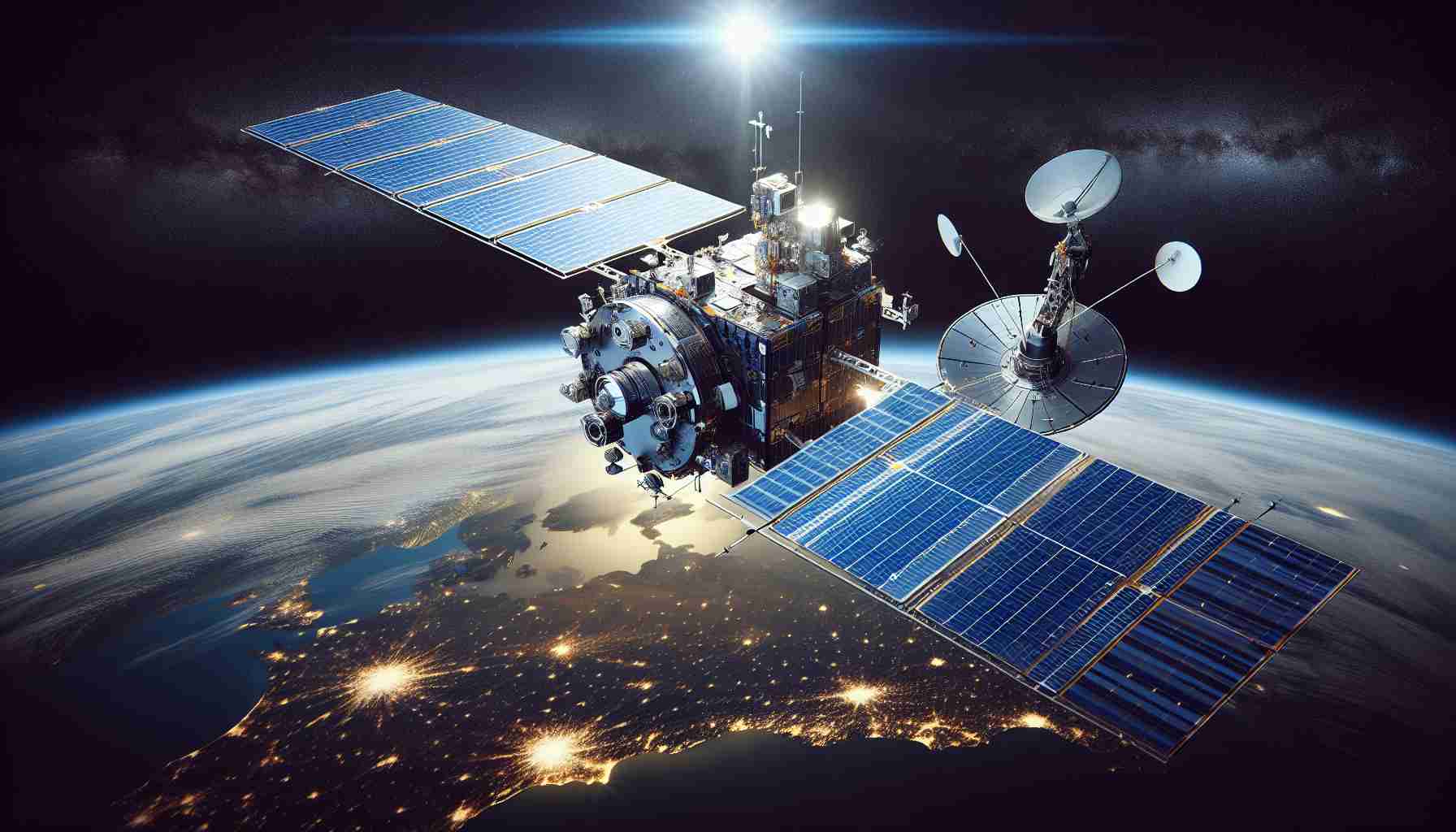
The innovative organization known as Carbon Mapper is pioneering the use of satellite technology to monitor greenhouse gas emissions, marking a significant leap in environmental stewardship. With the recent deployment of the Tanager-1 satellite, Carbon Mapper is set to enhance global efforts against climate change by employing state-of-the-art imaging systems.
In collaboration with NASA’s Jet Propulsion Laboratory and Planet Labs PBC, Tanager-1 is equipped with sophisticated sensors that can accurately identify emissions of methane and carbon dioxide from vast and challenging terrains. This satellite operates not only over the United States but also surveys international regions, addressing emissions globally and facilitating comprehensive climate action.
The launch, which took place on August 16, was a milestone in the mission to visualize and understand the invisible threats posed by these greenhouse gases. As part of its initial observations, Tanager-1 has already provided valuable data from locations including South Africa, Texas, and Pakistan, revealing the worldwide implications of human activities on climate.
By creating an accessible database, Carbon Mapper aims to empower scientists, policymakers, and the public with vital information needed to combat emissions. The organization aspires for a future where everyone has access to emission data, fostering an inclusive approach to environmental responsibility.
With plans for an expanded satellite network, Carbon Mapper is set to revolutionize how the world addresses pollution and its impacts, driving towards a more sustainable future.
Revolutionary Satellite Initiative to Combat Climate Change: A Comprehensive Overview
As concerns over climate change continue to escalate, innovative technological solutions are emerging to monitor and mitigate environmental impacts. One notable initiative, spearheaded by Carbon Mapper through the deployment of its Tanager-1 satellite, represents a significant advancement in satellite technology aimed at combating climate change. While initial reports highlight the satellite’s capabilities, a deeper exploration reveals additional facts, potential challenges, and the broader implications of this initiative.
Key Questions and Answers
1. What specific advantages does Tanager-1 provide over existing climate monitoring methods?
Tanager-1’s advanced imaging systems allow for high-resolution monitoring of greenhouse gas emissions, enabling more precise identification of emission sources compared to ground-based methods. This capability is crucial for targeted interventions and policy formulation.
2. How does the data from Tanager-1 benefit local communities?
The data collected can help local communities understand their specific emissions and tailor climate action strategies that are most effective for their geographical and socio-economic contexts.
3. What is the role of international collaboration in this initiative?
Collaborative efforts with organizations like NASA and Planet Labs enhance the satellite’s technological capabilities and broaden its operational range, allowing for a more integrated global response to climate change.
Key Challenges and Controversies
Despite its promising potential, the initiative faces several challenges:
– Data Privacy and Security: As emission data becomes widely accessible, concerns regarding data privacy and its misuse arise. Stakeholders may worry about the implications of public exposure of emission sources, especially in industrial sectors.
– Cost and Sustainability: The funding for the ongoing operation and potential expansion of the satellite network raises questions about financial sustainability. Continuous investments are critical to maintain and enhance the system.
– Technical Limitations: While Tanager-1 represents a leap forward, it cannot capture emissions in real time, leading to some lag in data reporting, which could postpone responses to urgent environmental issues.
Advantages and Disadvantages
Advantages:
– High-Resolution Monitoring: Tanager-1’s ability to collect detailed emissions data supports informed decision-making at all levels, from local governments to global organizations.
– Global Reach: The satellite can monitor emissions across various terrains and climates, fostering a comprehensive approach to understanding global greenhouse gas dynamics.
– Empowering Stakeholders: By making emission data publicly accessible, the initiative encourages accountability and community involvement in climate action efforts.
Disadvantages:
– Initial Implementation Costs: The initial costs of deploying and maintaining the satellite network can be significant, raising concerns over resource allocation.
– Data Interpretation Complexity: While data is abundant, interpreting it accurately requires expertise and can be resource-intensive.
– Dependence on Technology: An overreliance on satellite data may lead to neglecting ground-level initiatives that are equally important in addressing climate change.
Conclusion
The Tanager-1 satellite initiative is an essential development in the quest to monitor and mitigate climate change. By leveraging advanced technology and promoting collaboration, it holds the potential to revolutionize our understanding of greenhouse gas emissions. However, addressing the associated challenges and ensuring the responsible use of data will be crucial to its long-term success.
For more information on initiatives related to climate change and technological advancements, visit NASA or Planet Labs.



